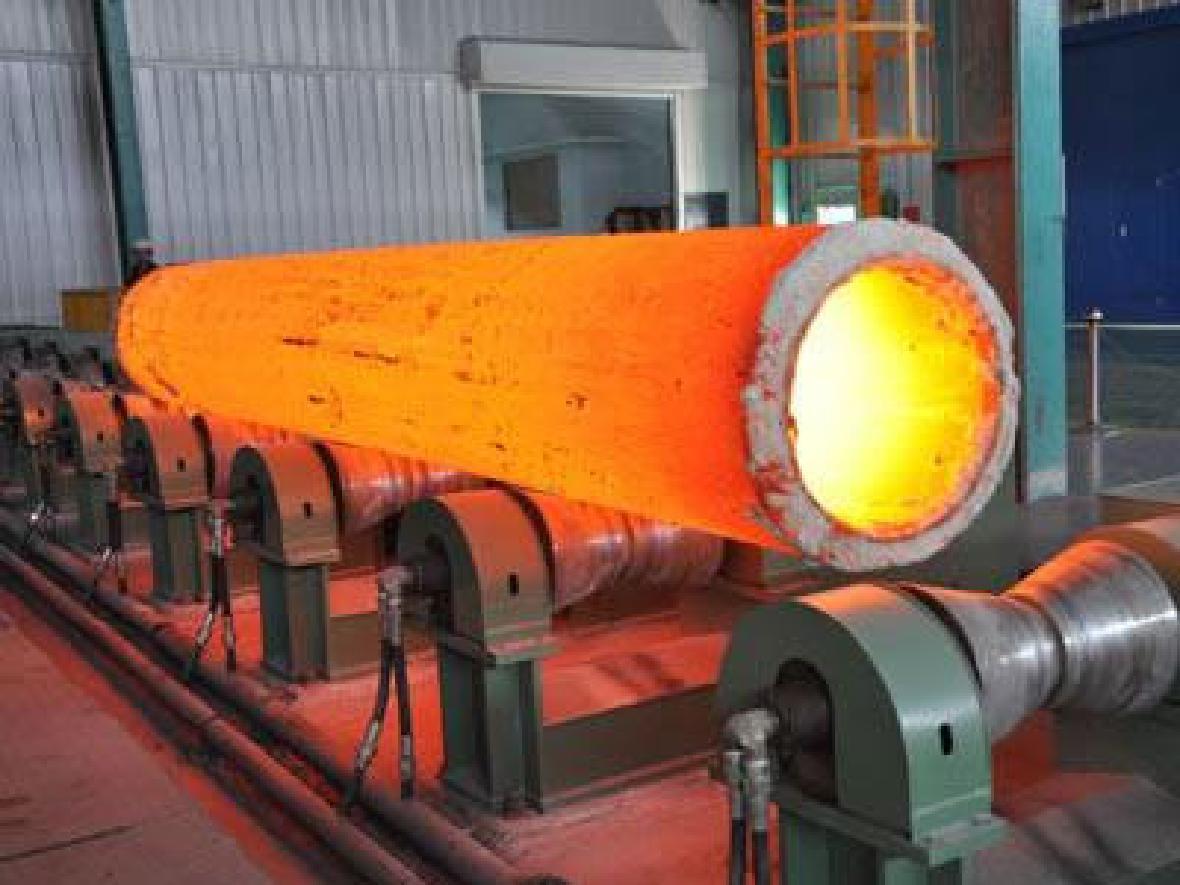What are some common heat treatment processes?
Release time:
2018-03-08
Common heat treatment processes include normalizing, annealing, solution treatment, aging, quenching, tempering, annealing, carburizing, nitriding, martempering, spheroidizing, and brazing.

Common heat treatment processes include normalizing, annealing, solution treatment, aging, quenching, tempering, annealing, carburizing, nitriding, quenching and tempering, spheroidizing, and brazing:
1. Normalizing: A heat treatment process in which steel or steel parts are heated to a suitable temperature above the critical point AC3 or ACM, held for a certain period of time, and then air-cooled to obtain a pearlite-like structure.
2. Annealing: A heat treatment process in which hypoeutectoid steel workpieces are heated to 20-40 degrees above AC3, held for a period of time, and then slowly cooled in the furnace (or buried in sand or lime and cooled) to below 500 degrees before air cooling.
3. Solution heat treatment: A heat treatment process in which the alloy is heated to a high-temperature single-phase region, held at a constant temperature, allowing the excess phase to fully dissolve into the solid solution, and then rapidly cooled to obtain a supersaturated solid solution.
4. Aging: The phenomenon that the properties of an alloy change over time after solution heat treatment or cold plastic deformation when placed at room temperature or slightly above room temperature.
5. Solution treatment: Allows various phases in the alloy to fully dissolve, strengthens the solid solution and improves toughness and corrosion resistance, eliminates stress and softens, for further processing and forming.
6. Aging treatment: Heating and holding at the temperature at which the strengthening phase precipitates, allowing the strengthening phase to precipitate, thereby hardening and increasing strength.
7. Quenching: A heat treatment process in which steel is austenitized and then cooled at an appropriate cooling rate, causing the workpiece to undergo a martensitic or other unstable organizational structural transformation in the entire cross-section or a certain range.
8. Tempering: A heat treatment process in which a quenched workpiece is heated to a suitable temperature below the critical point AC1, held for a certain period of time, and then cooled by a suitable method to obtain the required structure and properties.
9. Carbonitriding of steel: Carbonitriding is the process of simultaneously introducing carbon and nitrogen into the surface layer of steel. Traditionally, carbonitriding is also called cyaniding, with medium-temperature gas carbonitriding and low-temperature gas carbonitriding (i.e., gas soft nitriding) being more widely used. The main purpose of medium-temperature gas carbonitriding is to improve the hardness, wear resistance, and fatigue strength of steel. Low-temperature gas carbonitriding mainly involves nitriding, and its main purpose is to improve the wear resistance and anti-seizing properties of steel.
10. Quenching and tempering: Generally, heat treatment combining quenching and high-temperature tempering is called quenching and tempering. Quenching and tempering is widely used in various important structural parts, especially connecting rods, bolts, gears, and shafts that work under alternating loads. After quenching and tempering, a tempered sorbite structure is obtained, and its mechanical properties are superior to those of the normalized sorbite structure with the same hardness. Its hardness depends on the high-temperature tempering temperature and is related to the tempering stability of the steel and the workpiece size, generally between HB200-350.
11. Brazing: A heat treatment process in which two workpieces are heated and melted together with a brazing filler metal.


